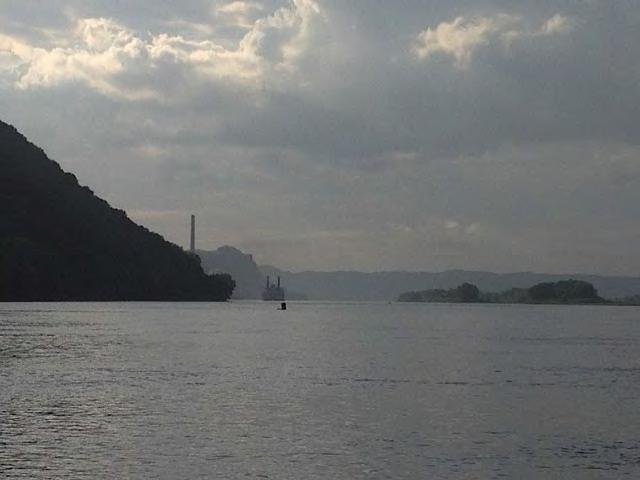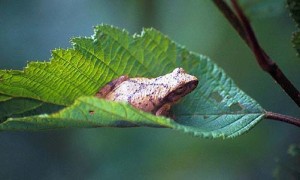Innovation, expertise and decades of effort on behalf of imperiled species highlight the accomplishments of two Midwest biologists named by the U.S. Fish and Wildlife Service as 2016 Endangered Species Recovery Champions. The Midwest champions are among 31 individuals and teams across the United States named by the U.S. Fish and Wildlife Service for their work with endangered and threatened species.

Recovery Champion Robert Dana, of the Minnesota Department of Natural Resources, is a renowned expert on butterflies. Credit: USFWS
Dr. Robert Dana, a biologist with the Minnesota Department of Natural Resources, was honored for his more than 40 years of work and vast knowledge of butterflies, especially the threatened Dakota skipper and the endangered Poweshiek skipperling, two prairie butterflies.
“Dr. Dana has played a critical role in the effort to conserve these two butterfly species,” said Tom Melius, the Service’s Midwest Regional Director. “His expertise with prairie habitat and uncommon ability to identify species in the field, together with his insight on their life history and willingness to share his hard-earned knowledge, have been critical in finding a path to recovery for the Dakota skipper and the Poweshiek skipperling.”
Dana is currently working with the Service, the Minnesota Zoo and The Nature Conservancy to reintroduce Dakota skippers in southwestern Minnesota. He is also working to prevent extinction of the Poweshiek skipperling, a highly imperiled species which may already be gone from Minnesota.Dana has played an integral role in establishing captive rearing programs for both species.

Angela Dagendesh, Assistant Project Leader at Genoa National Fish Hatchery, was recognized for her work with endangered Hine’s emerald dragonflies. Credit: USFWS
The Service also recognized Angela Dagendesh, assistant project leader at Genoa National Fish Hatchery in Wisconsin, for her work to recover the Hine’s emerald dragonfly. These dragonflies overwinter in crayfish burrows during their life cycle; Dagendesh designed a system to rear Hine’s emerald dragonflies at the hatchery that mimics the living conditions found in the wild. “Angela’s work is moving the needle toward recovery for the Hine’s emerald dragonfly,” Melius said. “Thanks in great part to her efforts, we have been able to improve our program and shorten the time it takes to produce adult dragonflies. This is very exciting for recovery of this species.” Dagendesh was noted for working closely with partners, including the Chicago Field Museum and the University of South Dakota, to share resources and technology and to reach out to the public about the Hine’s emerald dragonfly.
The Recovery Champion awards began in 2002 as a one-time recognition for Service staff members for their achievements in conserving listed species. However, in 2007, the program was expanded to honor Service partners as well, recognizing their essential role in the recovery of threatened and endangered species.

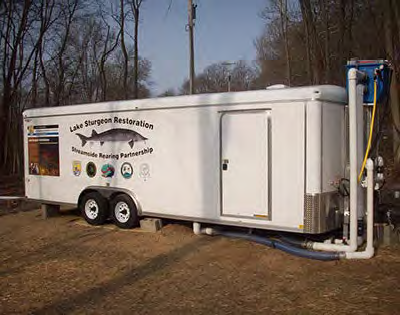



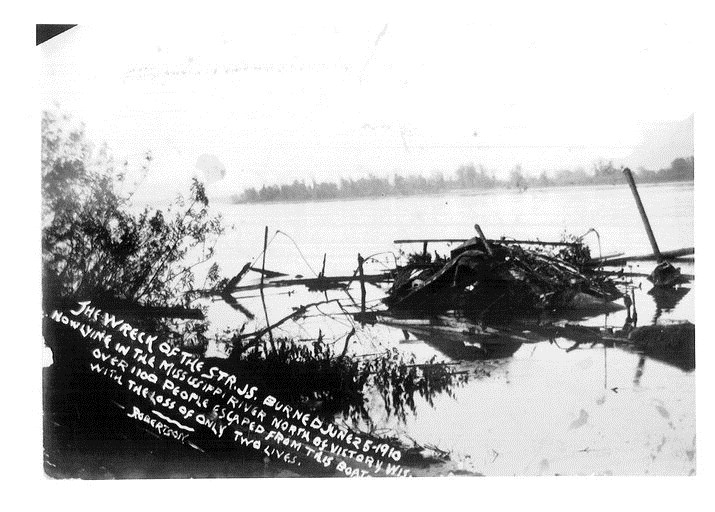
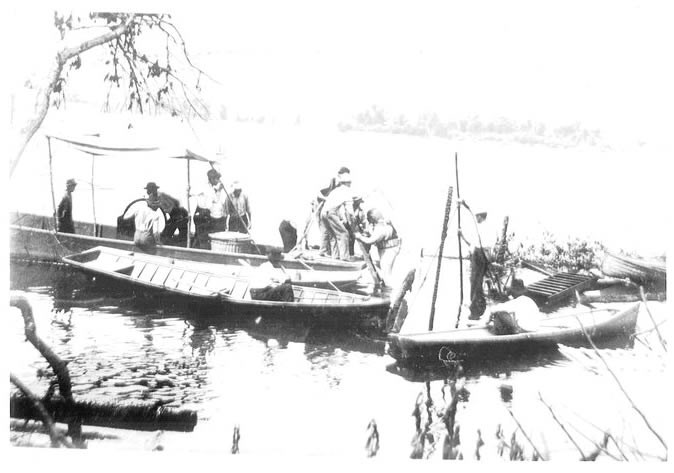
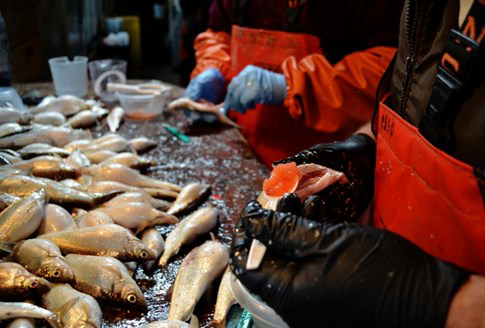
 As the eggs began to hatch an equal number of eggs from each pair of spawned adults were separated into distinct lots of fish that will makeup future broodstock to be used in helping to restore this species. The importance of this fish species lies primarily in its role as a native prey species for the Great Lakes systems. Restoring the numbers of native ciscos helps to balance the native food web structure and function.
As the eggs began to hatch an equal number of eggs from each pair of spawned adults were separated into distinct lots of fish that will makeup future broodstock to be used in helping to restore this species. The importance of this fish species lies primarily in its role as a native prey species for the Great Lakes systems. Restoring the numbers of native ciscos helps to balance the native food web structure and function.

 Emy Monroe, Ph.D., of the Whitney Genetics Laboratory received the Science Excellence Award. Credit: USFWS
Emy Monroe, Ph.D., of the Whitney Genetics Laboratory received the Science Excellence Award. Credit: USFWS

